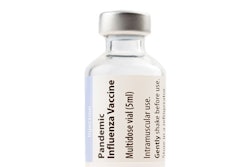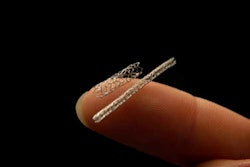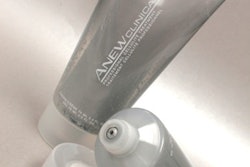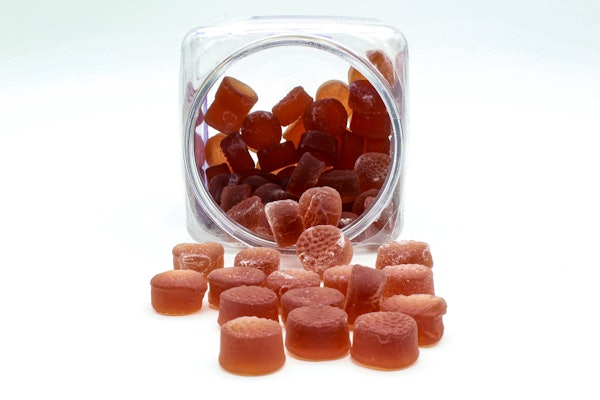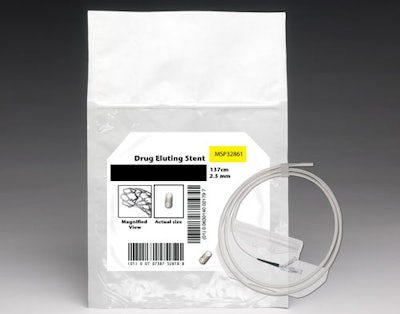
Defined by the U.S. Food & Drug Administration as some combination of a drug, device, and/or biologic intended to be used together, combination products are often provided as one unit for simplicity and ease of use. The market for combination products is significant, and growing rapidly. According to the MarketsandMarkets report “Drug-Device Combination (2009-2014),” “The market for drug-device combination [products] was over $9 billion in 2008 and is expected to grow at a double-digit CAGR in the next few years.”
The challenge for suppliers of combination products is developing a single package that meets both the sterilization needs of the device and the protective and efficacy needs of the drug or biologic. The package must also help ensure the combination product complies with applicable FDA regulations.
There are a myriad of combination products already on the market, and next-generation technologies continue to be introduced. Examples of new and evolving innovations include active transdermal patches with tiny needle-like structures that open pores to facilitate drug transport; novel antimicrobial coatings that can be incorporated into the surface of surgical instruments, catheters, and other tools to greatly diminish fungal growth; and bioabsorbable stents.
One thing they all have in common is the need for absolute safety. It is up to packaging suppliers to work with manufacturers to develop the most effective materials and formats to provide the sterilization and protection required.
Start with the medical device
In most cases, a combination product includes a medical device such as a stent, syringe, catheter, wound dressing, etc. The first job of the combination product package is to deliver a clean, sterile, protected medical device to the point of use and to allow aseptic presentation.
The packaging must be compatible with the method of sterilization and should protect the device during handling, distribution, and storage. International Standards Organization's (ISO, www.iso.org) 11607 describes the primary packaging as the “sterile barrier system”: the minimum packaging to allow sterilization, provide an acceptable microbial barrier, and to allow for aseptic presentation. The “protective packaging” protects the “sterile barrier system” and together they form the “packaging system.”
Combine with drug or biologic
Drugs and/or biologics are then combined with medical devices, or with each other, to form a combination product. The key purpose of the package in this case is to provide a barrier against oxygen, moisture, and light to ensure the drug and/or biologic remains stable during storage. Foil-based packaging is often recommended because it has the dual advantage of shutting out light and gas. Other considerations are extractables and leachables that might migrate into the drug or biologic, and uptake of the direct contact packaging materials.
Packaging materials for drugs or biologics have to satisfy the requirements of ISO 11607 Part 1: cytotoxicity testing, accelerated, and real-time aging studies, etc. If these materials are made into pouches, the process must be validated in accordance with ISO 11607 Part 2, which involves rigorous stability testing.
Generally speaking, an unused medical device will not lose its effectiveness over time. Obviously, the same cannot be said of drugs and biologics. The purpose of stability testing is to provide evidence on how the quality of a drug substance or drug product will vary with time under the influence of a variety of environmental factors, such as temperature, humidity, and light. The process should also lead to the establishment of a retest period for the drug substance or the determination of a shelf life for the drug product and recommended storage conditions.
Putting together the combination product package
For combination products, the fundamentals of medical device packaging still apply, but there are new challenges facing the packaging designer concerned with not just protecting the device, but also maintaining the safety and effectiveness of the drug or biologic. Therefore, there is often much more emphasis on the internal environment of the package.
The designer must consider what effects there might be on the drug/biologic: biocompatibility, photostability, moisture sensitivity, reaction to gasses such as oxygen, leachables that might migrate into the drug/biologic and hence to the patient, or any loss of drug/biologic efficacy due to its migration into the packaging. The designer must also consider temperature stability and its effect on safety and effectiveness of the product.
A close-up look at the package Perfecseal (www.perfecseal.com) developed for drug-eluting stents (DES) will provide an understanding of the complex considerations involved in developing the combination package. For this case study, the company designed a single pouch for DES that supports EtO (ethylene oxide) sterilization while providing oxygen, moisture, and light barrier properties during storage.
A drug-eluting stent releases its drug inside the coronary artery once the stent is placed. The purpose is to significantly reduce the occurrence of in-stent restenosis, a complication that causes artery reclosure.
The DES package must fulfill two competing requirements--breathability for EtO sterilization and, after sterilization is complete, the package must provide oxygen, moisture, and light barrier in addition to sterile barrier to prevent the drug on the surface of the stent from breaking down.
When first introduced to the market, a DES was packed in two separate pouches: one to allow EtO, the other to provide barrier. Perfecseal's single-pouch, two-compartment design addressed the challenge of how to allow EtO sterilization, and then provide the required barrier to protect the drug during storage.
This package is a premade DuPont™ (www2.dupont.com) Tyvek®/polyethylene/Tyvek insert sealed inside Perfecseal's foil Breather Bag® in such a way as to create two separate pockets: one to hold the DES and the other to hold the scavenger. After EtO sterilization, the foil portion of the Breather Bag is sealed and the Tyvek header is removed, creating a high barrier pouch. The Tyvek scavenger compartment remains inside the DES pouch to absorb any residual moisture and/or gasses that could harm the drug.
Ensuring barrier in seal areas
Another challenge is how to avoid moisture and oxygen ingress through the Tyvek material in the seal areas. Tyvek is composed of flash-spun and bonded high-density polyethylene fibers that allow gas transfer by convection, while having outstanding resistance to microbial penetration.
To solve the ingress problem, Perfecseal used an external perimeter seal to encapsulate the insert. The external film (35771-G) has a high gas and water vapor barrier due to 25 microns of aluminum foil, and toughness from 25 microns of BOPA. The external film's structure is BOPA/white polyethylene/aluminum/PE/Perfecseal's EZ Peel® sealant. Gas transfer by diffusion through the seal's PE sealant is assumed to be minimal and not of concern due to the scavenger.
Easy opening and tamper evidence
Combination product packages must be easy to handle and use by medical professionals, and at the same time, make it obvious if the sterile barrier has been compromised. To allow fast, easy access to the device, the Perfecseal DES package incorporates a peelable sealant (EZ Peel film) and a corner feature designed into the seal profile. This can be on one or two sides of the package. The EZ Peel film opening system provides a consistent peel-seal highlighted by a white transfer, which provides a visual cue that the package has been opened.
Complying with safety requirements
Absolute safety is a core driver for medical packaging of any kind. To ensure product safety, Perfecseal's DES packaging materials comply with the following requirements:
• Biocompatibility, cytotoxicity testing in accordance with ISO 10993
• Accelerated aging and real-time physical studies before and after sterilization ASTM F-1980 and ISO 11607
• Comply with FDA and EC Food Contact standards
• No heavy metals,
